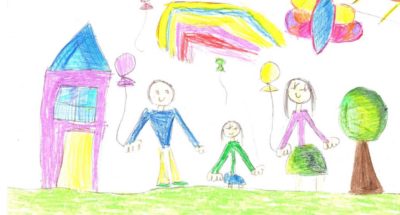
Drawing as a Way to Manage Emotions
Students take a few minutes to draw anything they like, learning an emotion regulation strategy that can help shift unpleasant emotions to calmer, more pleasant ones.

Students take a few minutes to draw anything they like, learning an emotion regulation strategy that can help shift unpleasant emotions to calmer, more pleasant ones.
Students will:
Take a deep breath and notice how you feel. Now, spend a few minutes drawing something–anything. Don’t worry about how it looks. After finishing, notice whether your emotional state has changed. Do you feel calmer or uplifted?
Do you notice whether students’ physical and emotional states changed after doing this activity? If so, how? If this activity was helpful, how might you incorporate it into your classroom?
A study of mostly white, middle class children ages 6-12 asked them to first think of a situation that had caused them a lot of disappointment in order to bring up unpleasant emotions. The children were then divided into two groups: the first group was asked to draw a house (distraction) and the second about the situation that had disappointed them (venting). Researchers found that the children who drew a house showed the greatest improvement in their mood, suggesting that using drawing as a distraction is more effective than drawing as a form of venting—at least in the short-term–which may reinforce the unpleasant emotions.
Students who are able to manage their emotions in a healthy way are more academically successful, potentially because the inability to regulate emotions inhibits students’ executive function skills, e.g., working memory, planning, and attention. They also have stronger social skills and fewer behavior challenges, both of which lead to more positive relationships with teachers and peers.
And healthy emotion regulation skills will serve students in the long-run. Studies have found that adults who can manage their emotions in a positive way have greater mental and physical well-being, and stronger relationships.

Do you want to dive deeper into the science behind our GGIE practices? Enroll in one of our online courses for educators!
Comments